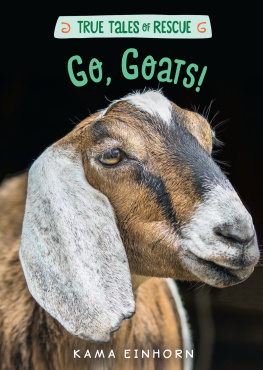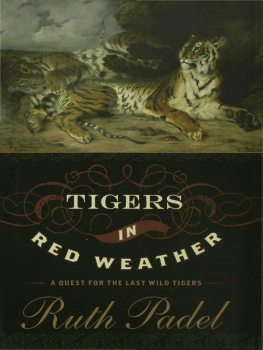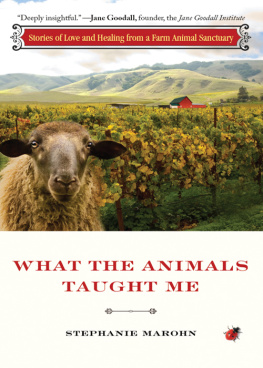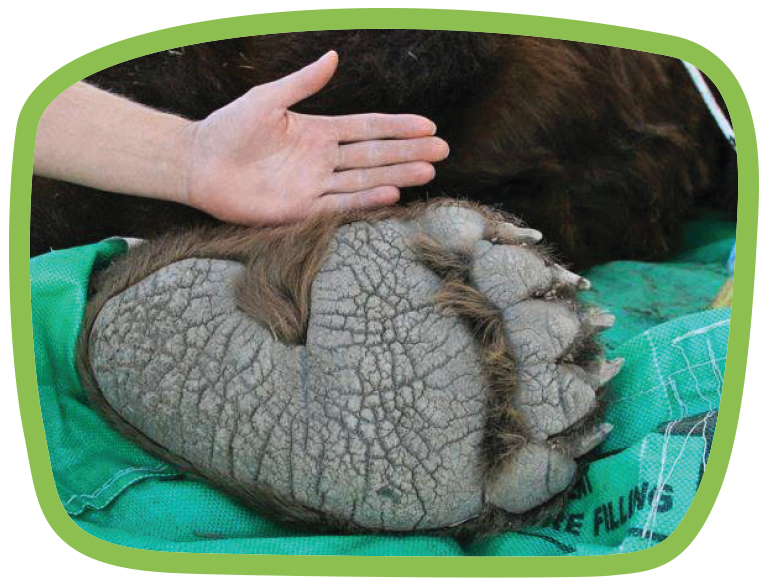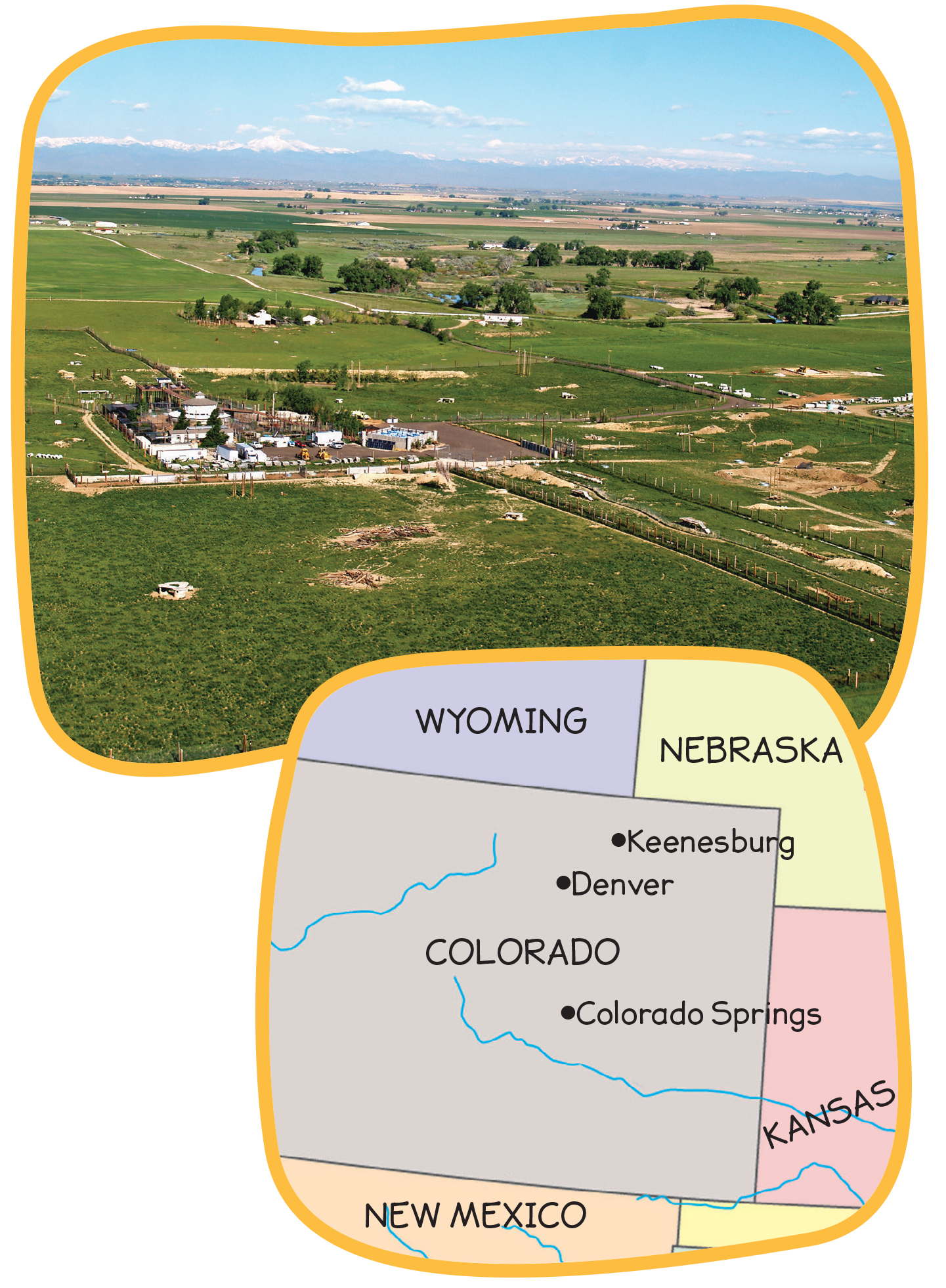Einhorn - Tiger Time
Here you can read online Einhorn - Tiger Time full text of the book (entire story) in english for free. Download pdf and epub, get meaning, cover and reviews about this ebook. City: Boston, year: 2019, publisher: HMH Books;Houghton Mifflin Harcourt, genre: Home and family. Description of the work, (preface) as well as reviews are available. Best literature library LitArk.com created for fans of good reading and offers a wide selection of genres:
Romance novel
Science fiction
Adventure
Detective
Science
History
Home and family
Prose
Art
Politics
Computer
Non-fiction
Religion
Business
Children
Humor
Choose a favorite category and find really read worthwhile books. Enjoy immersion in the world of imagination, feel the emotions of the characters or learn something new for yourself, make an fascinating discovery.
- Book:Tiger Time
- Author:
- Publisher:HMH Books;Houghton Mifflin Harcourt
- Genre:
- Year:2019
- City:Boston
- Rating:3 / 5
- Favourites:Add to favourites
- Your mark:
Tiger Time: summary, description and annotation
We offer to read an annotation, description, summary or preface (depends on what the author of the book "Tiger Time" wrote himself). If you haven't found the necessary information about the book — write in the comments, we will try to find it.
Go inside Wild Animal Sanctuary in Colorado, where you will meet a tiger named Kamal, one of five hundred animals who have been rescued and now live in safety. Includes full-color photos, graphics, and maps.
Meet Kamal! Hes a tiger, and a resident of Wild Animal Sanctuary (WAS) in Colorado, along with five hundred other big animals. Most of these animals have never lived in the wild. Theyve come from roadside zoos, entertainment facilities, and even peoples homes! But even though a tiger can be super adorable as a baby, big (and little) tigers should never be pets. Thats where WAS steps in. Since 1980, WAS has rescued and cared for lions, tigers, bears, leopards, jaguars, mountain lions, and some smaller carnivores such as wolves, bobcats, lynxes, foxes, and coyotes. There are also alpacas and horses, a few emus, several ostriches, one porcupine, one raccoon, and one camel! While it may sound amazing to be surrounded by all these incredible animals of...
Einhorn: author's other books
Who wrote Tiger Time? Find out the surname, the name of the author of the book and a list of all author's works by series.


